Transforming Dhaka: Strategies for mega project implementation
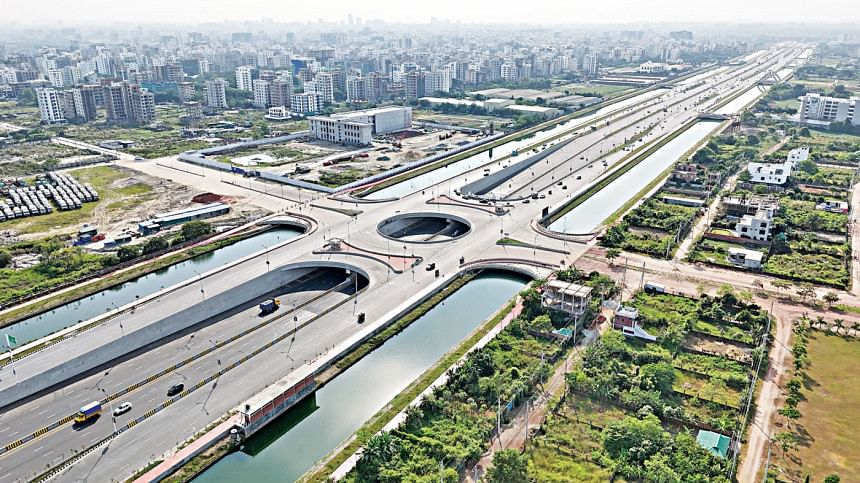
Bangladesh is currently buzzing with a multitude of mega projects. Specifically, in the vibrant tapestry of Dhaka, the capital of Bangladesh. The narrative of transformation and progress is carved in the city's transportation infrastructure. Mega projects, including the Bus Rapid Transit (BRT), Mass Rapid Transit (MRT), Elevated, and At-grade Expressway emerge as the cornerstones of this transformative journey. Over the past decade, Dhaka has also experienced a remarkable surge in road network development, fueled by the implementation of such mega projects. These initiatives have not only reshaped the city's physical landscape but have also intricately woven new patterns into its mobility fabric. The Dhaka Metro's MRT Line 6 has an impressive capacity of 60,000 passengers per hour and is expected to cater to a daily influx of about 500,000 passengers. Residents along the MRT Line-6 route are fully embracing this transportation system, utilizing it to the maximum extent, while others are eagerly waiting for the network to expand to their neighborhoods. This enthusiastic response shows the excitement and anticipation these transportation mega projects generate among the people of Dhaka city.
transportation projects must transcend the mere reduction of travel time. They should embark on a mission to give the city a complete socio-economic makeover, otherwise, the costs involved cannot be well justified.
In my opinion, these mega projects need to be mega in terms of their footprint too, and not only in terms of financial investment. These large-scale initiatives mustn't confine their impact to a single domain. Take MRT projects, for instance – their scope should extend beyond merely enhancing and reducing the travel time of the commuters. It's a part of it, but it should bring revolutionary changes. For example, a well-planned MRT network could decentralize the people from the central city. Similarly, if we look at Dubai Airport, we can see that it is a catalyst for Dubai's social and economic development constituting 28% of its GDP. So, this airport did not only connect it to the outside world but also uplifted the entire country. Another example is be the Panama Canal. The canal not only shortens the distance between ports on the east and west coasts of the America, but also provides potable water to the cities of Panama and Colon, promotes tourism activities, and contributes to the development of the national maritime sector. In 2021, net income from the Panama Canal reached US$2 billion, contributing about 3 percent to Panama's GDP. It proves that mega projects can be powerful catalysts for holistic growth. Now, shifting our focus to Dhaka, transportation projects must transcend the mere reduction of travel time. They should embark on a mission to give the city a complete socio-economic makeover, otherwise, the costs involved cannot be well justified.
But, when contemplating a makeover for Dhaka city, the biggest challenge that comes to mind is the high population density. Transforming Dhaka into a smart city seems like an impossible feat given the overwhelming population burden, with approximately 2 crore trips being made daily in the city. The remedy, however, is straightforward – relocating people from the city and then addressing the underlying issues and correcting those. But, the real question is: why would anyone want to live outside Dhaka when the living standard in Dhaka is significantly higher? To address this challenge, we need to carefully reconsider how we use our land. One viable option is to relocate our capital, a strategy that has been successfully implemented by countries like Malaysia and India and is currently being actively considered by Indonesia and Egypt. However, it calls for strong political commitment. At least, we should take the initiative for administrative decentralization in the outskirts of the RAJUK area. The key is to establish high-quality institutions—schools, colleges, hospitals, and recreation centers. This intentional approach may be able to entice people to make the shift to the regions outside of Dhaka city. However, we have to keep in mind that the success of this strategy relies on maintaining a lower cost of living compared to Dhaka city. Additionally, it is crucial to ensure seamless connectivity with the capital to other parts of the RAJUK area.
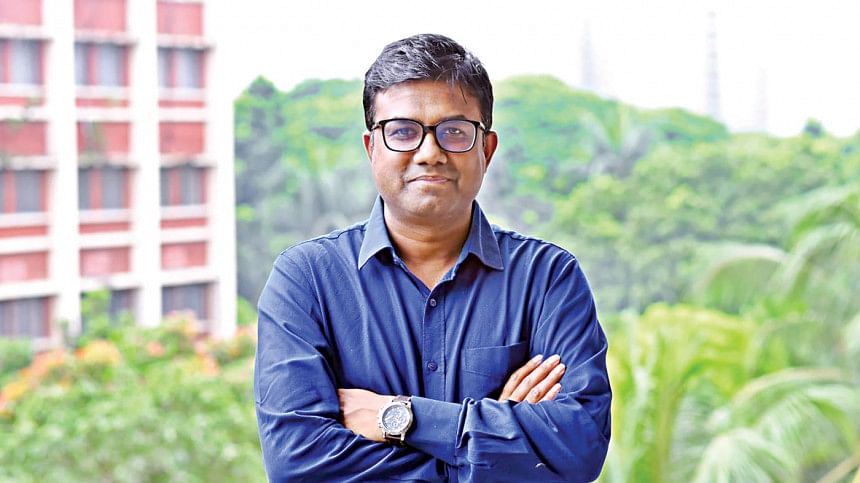
An example that comes to my mind is the Hong Kong Metro, which, by spreading across the entire city, made commuting between different areas easier. This approach not only influenced the movement of residents but also encouraged businesses to relocate outside the city center. Similarly, the construction of Hong Kong's airport also played a pivotal role in turning the city into an efficient, unified, and polycentric urban landscape. It is worth mentioning that the Calcutta Metro also serves as an example, aligning closely with our context. Once operational, their Howrah Metro station will stand as the primary gateway to the bustling city of Kolkata, alongside the already commissioned Sealdah Metro station. This is an integral part of the East-West Metro project, which will seamlessly connect the twin cities of Howrah and Kolkata. It is anticipated to serve a daily ridership of approximately 6.7 lakh passengers along its entire corridor. In Howrah station, all primary modes of Calcutta- metros, commuter rails, and buses are connected. This makes it easier for people to get in and out of Calcutta which will help to decentralize it. A similar strategy should be applied to Kamlapur Railway Station. It has a high potential to be turned into a multimodal transportation hub. As MRT lines 1, 2, 4 and 6 will extend to Kamlapur, it is only logical to turn this into a hub for the public transportation network. Kamlapur also has commuter rails that go to Narayanganj and Tongi. We need to strengthen this commuter rail network too. City-centric MRT and long-hauling commuter trains can be connected at this multimodal hub. Elevated expressway also has ramps close to this station so it has to be ensured that cars can come easily from those ramps to the station and park-and-ride the trains as they wish. These will make it easier for people to travel to and out of Dhaka and decentralize the city to a great extent offloading road traffic pressure. Making this transition could relieve the strain on Dhaka, opening up opportunities for an expanded road network and the implementation of transit-oriented development plans.
With the current population density in Dhaka, transforming it into a smart city will be challenging. Specifically, the challenge is evident in transportation because automated signals will never work as long as the traffic demand is greater than the road network capacity. And how can we even plan a smart city, when our traffic is being controlled manually by hand gestures? Moreover, for this plan to be successful, we must also address the elephant in the room- Dhaka dwellers' fascination with private cars. Mega projects like elevated expressways strongly favor car users, often causing inconvenience to bus commuters. It seems like the city is endorsing the use of private cars. In Dhaka, private cars are still seen as a symbol of social status or prestige. We need a cultural shift to break the notion that public transport is beneath a certain social class. We can draw inspiration from cities where taking a bus or metro is as prestigious as driving a private car.
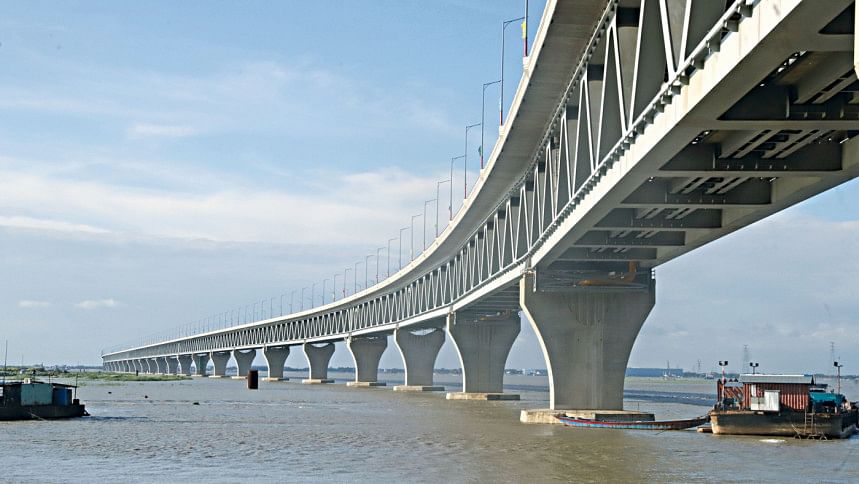
Bicycles are also not a common sight on our roads. Even though we occasionally spot young people cycling, it's rare to see them being used for commuting to work. Many still opt for cars, even for 5–10-minute rides. In Utrecht Netherlands, 51% of people use bicycles for their daily commutes. However, in Dhaka city, only a handful of roads have dedicated bicycle lanes. While large-scale projects are crucial, we shouldn't overlook the importance of maintaining and expanding our footpaths, pedestrian zones, and bicycle networks. We have to remember that roads are like the veins in a living organism, and they demand care and maintenance. Neglecting the roads beneath newly constructed ones is similar to building castles on shaky foundations. We have to keep that in mind in case of building new infrastructure. For instance, if the roads leading to and from an MRT station aren't adequately maintained, the roads won't be able to handle the influx of commuters, potentially leading to the failure of the entire MRT project. The same principle applies to expressways. It doesn't matter how fast you can cross the expressway, as soon as you get off its ramps, you will be stuck in the traffic jam for hours unless the roads underneath is also maintained.
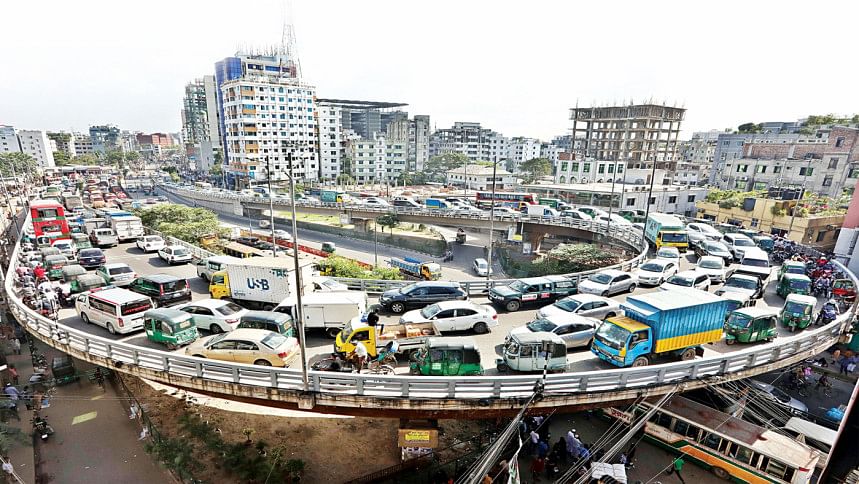
As Dhaka continues its journey of development, mega projects become significant milestones. However, it's not just about celebrating the present; it's about laying the groundwork for a sustainable city for future generations. Dhaka is currently experiencing a wave of development, instilling hope for a brighter future. Yet, it's essential to ensure that this progress doesn't strain our infrastructure without thorough research. If we are mindful of the changes and decisions we make, then the next significant lift awaits. By proper planning, careful decisions, and vigilant implementation, we can surely prepare our beloved Dhaka for the next big lift.

 For all latest news, follow The Daily Star's Google News channel.
For all latest news, follow The Daily Star's Google News channel. 


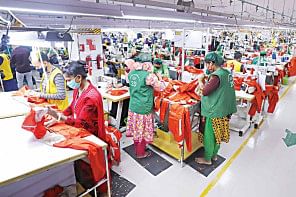
Comments